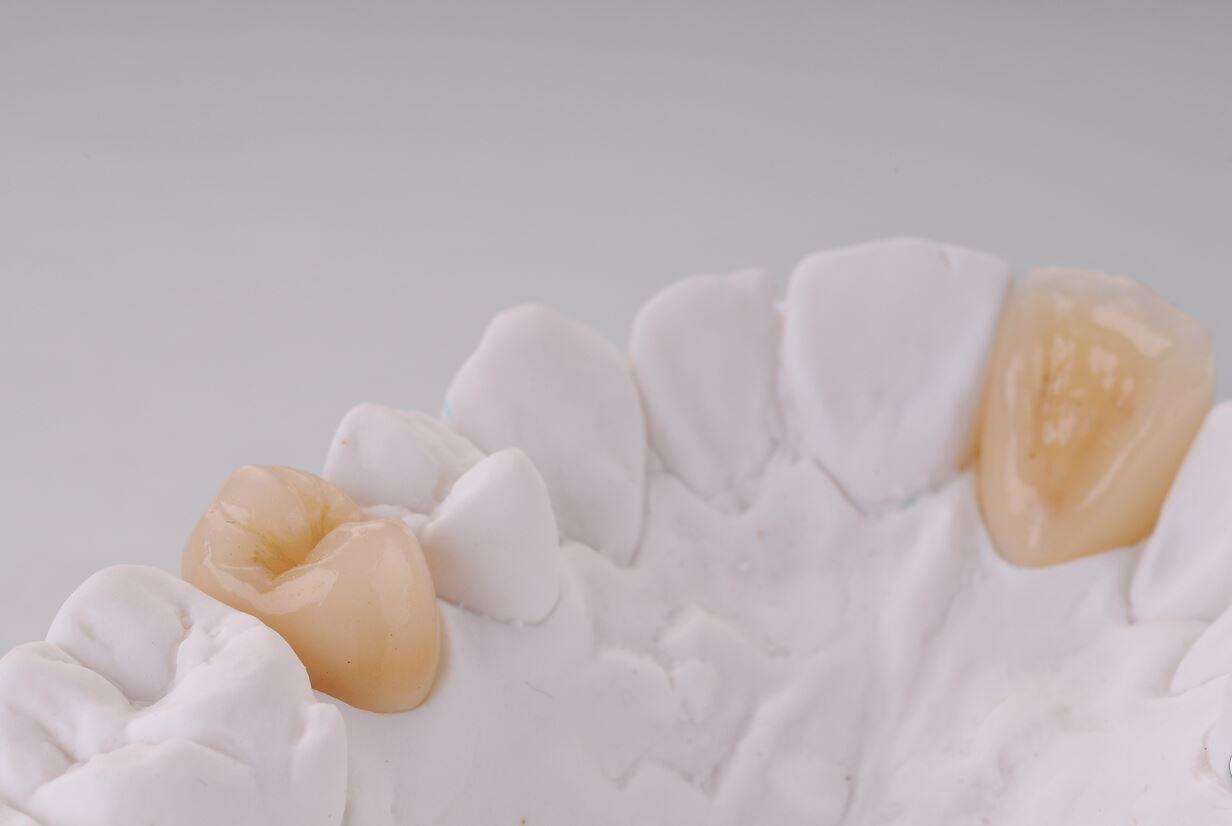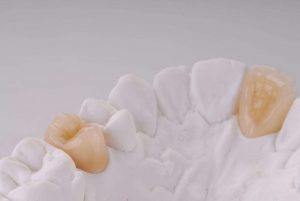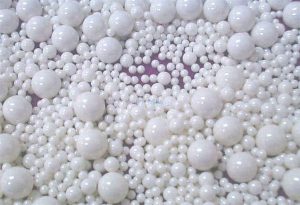- Alumina
- Boron Nitride
- Zirconia
- Other Ceramics
- Applications
- Contact

ZrO2 stabilized with Y2O3 has better mechanical properties than other combinations; although its sintering is much more difficult, this is the principal kind of zirconia considered for current medical use.
The first proposal of the use of zirconium oxide for medical purposes was made in 1969 and concerned orthopedic application. ZrO2 was proposed as a new material for hip head replacement instead of titanium or alumina prostheses.

Moreover, zirconium oxide creates the less phlogistic reaction in tissue than other restorative materials such as titanium. This result was also confirmed by a study about peri-implant soft tissue around zirconia healing caps in comparison with that around titanium ones. Inflammatory infiltrates, microvessel density, and vascular endothelial growth factor expression were found to be higher around the titanium caps than around the ZrO2 ones. Also, the level of bacterial products, measured with nitric oxide synthase, was higher on titanium than on zirconium oxide. Zirconia can up- or down-regulate expressions of some genes, so that zirconia can be regarded as a self-regulatory material that can modify turnover of the extracellular matrix.

Zirconia has mechanical properties similar to those of stainless steel. Its resistance to traction can be as high as 9001200 MPa and its compression resistance is about 2000 MPa. Cyclical stresses are also tolerated well by this material.
Surface treatments can modify the physical properties of zirconia. Exposure to witness for an extended period of time can have a detrimental effect on its properties. This phenomenon is known as zirconia aging. Moreover, also surface grinding can reduce toughness.